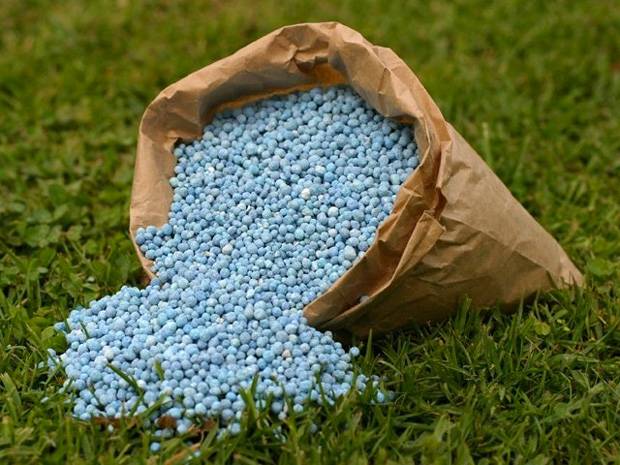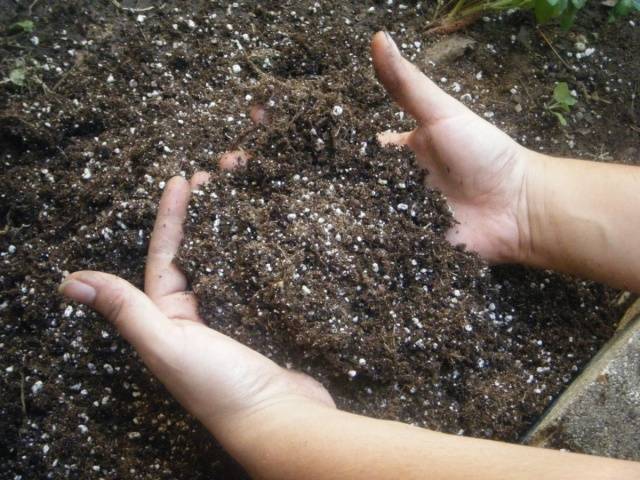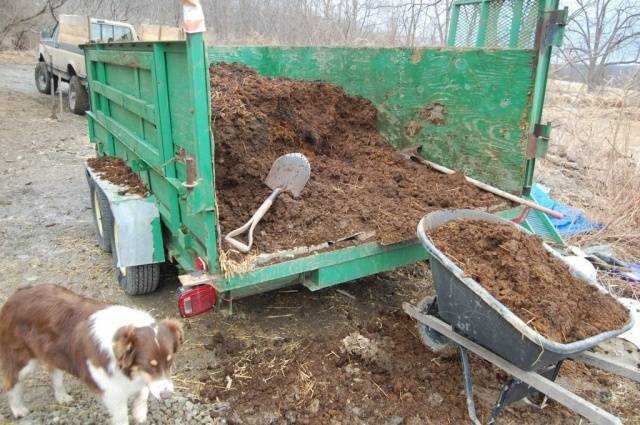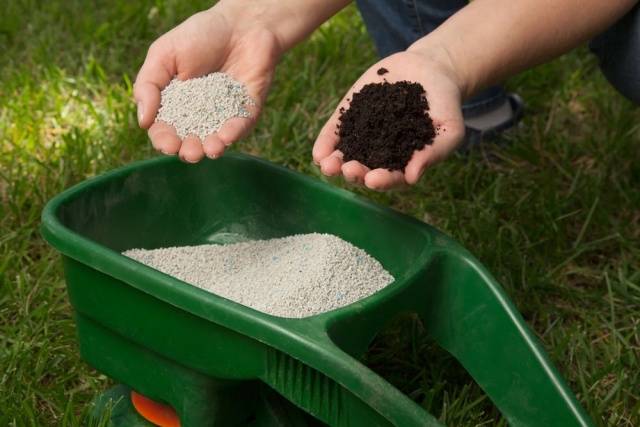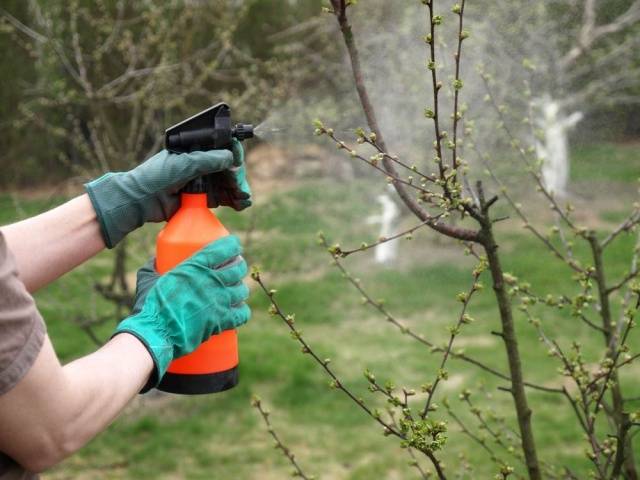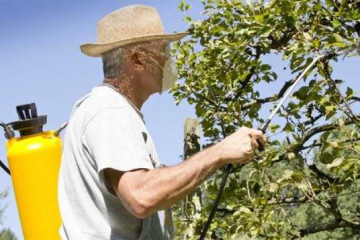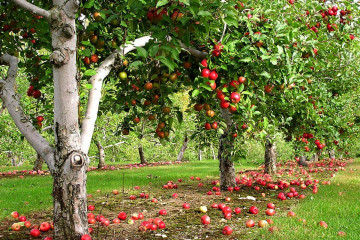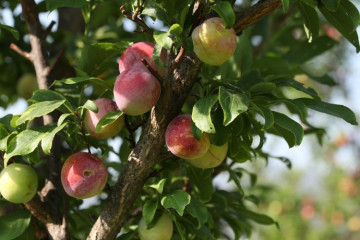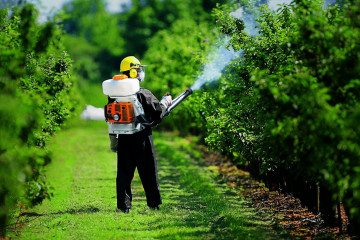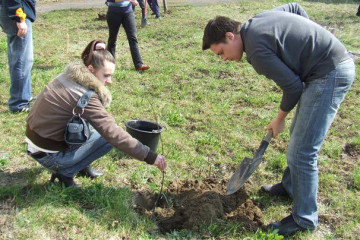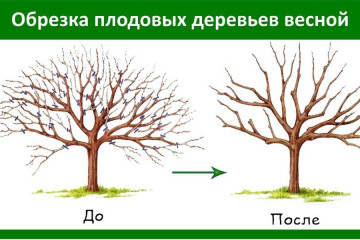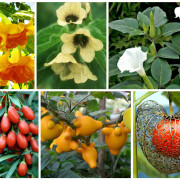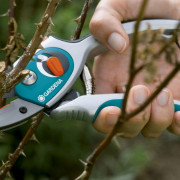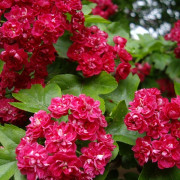Top dressing of fruit trees and shrubs in spring and fertilization of the soil
Content:
Top dressing of fruit trees and shrubs in spring is the most important stage of care, since decorativeness, growth and productivity depend on it. Perennials deplete the soil quite strongly, since they need food every year. It is for this reason that it is worth feeding the plants with the help of special means. The required amount of nutrients in the soil is considered the key to abundant flowering and a large number of fruits. Timely application of top dressing will strengthen the trees, as well as protect them from infection.
Fertilizer types, their influence
When spring comes and the air temperature rises, all bushes and trees have a more active vegetation process, therefore it is during this period of the year that they need more nutrients. As a rule, the following types of fertilizers are used to feed perennials:
- Mineral;
- Organic.
Organic
Natural fertilizers have a significant impact on the active growth and proper development of plants. These include:
- Manure;
- Bird droppings;
- Peat;
- Sawdust;
- Siderata (green mass of various herbs plowed into the ground);
- Compost (all kinds of rotted organic matter).
Top dressing of trees and shrubs in spring with the use of organic matter allows you to enrich the soil with various nutrients that are so important for plants. Organic matter releases large amounts of carbon dioxide and provides plants with air nutrition.
A distinctive feature of organic matter is a long-term effect and aftereffect on the soil for up to five years. In addition, organic matter increases the activity and number of microorganisms in the earth and is a nutrient medium for them.
Also, with the help of organic dressings, you can:
- Enrich the soil with humus;
- To increase the absorption properties and improve the structure of the soil;
- Increase the amount of growth substances (auxin, heteroauxin, gibberellin) in the soil;
- Improve the water, thermal and air properties of the soil.
The compost from plant components has an alkaline environment, when introduced into the ground, it is possible to lower the acidity of the soil and protect the plants from possible diseases.
Mineral
Mineral fertilizers are artificial chemical fertilizers. Plants assimilate them quite easily and quickly, with an incorrectly selected dosage, the use of such fertilizers can provoke the appearance of diseases or even the death of plants. Depending on the composition, mineral complexes are:
- Nitrogen;
- Phosphoric;
- Potash.
Nitrogen
Nitrogen fertilizers have a significant effect on the growth and development of plants, contribute to the growth of green mass, increase yields and improve the quality of fruits. Lack of nitrogen in the soil will lead to the loss of flowers and already formed fruits.
Phosphoric
Phosphorus-containing dressings strengthen the root system, help to increase the plant's resistance to changes in air temperature, improve the quality and taste of fruits.
Potash
Increase yields, increase resistance to fluctuations in air temperature and fungal diseases.Timely applied potash fertilizer promotes good growth and fruiting.
When and how to fertilize your garden in spring
To avoid confusion when, what and in what amount of fertilizing to apply, it is worth adhering to a certain schedule.
Fertilizing with nitrogen in March
They begin to feed garden plants in early spring, in early March. With the arrival of spring, plants are in great need of nitrogen. It should be borne in mind that the form of nitrogen-containing fertilizers has many options, for each plant it is selected strictly individually:
- Urea (urea), humus and poultry droppings, as a rule, are fed to apple and pear trees;
- Plums and cherries are fed with carbamide and saltpeter;
- Berry bushes are fertilized with nitrophosphate and potassium nitrate;
- For bushes, root dressing from wood ash and urea is also used (4 tablespoons of ash and 3 tablespoons of urea are dissolved in 10 liters of water).
Picture 5 Fertilizer is applied to the tree trunk circle
How to feed the garden in April
When flowers appear on fruit plants in the garden, when the first bud hatches, and young leaves bloom, it is necessary to fertilize with potassium and phosphorus complexes. Phosphorus will help the roots to grow stronger and grow well, potassium will contribute to the good growth of lateral branches. These two types of fertilizers must be applied alternately.
At the beginning of April, phosphorus-containing complexes are introduced into the soil; in the second half of the month, plants can be fertilized with potash dressings. In the last decade of April, when the trees and bushes have faded, organic matter is added. In this case, composting will be more effective.
The last spring feeding
In May, fruit setting and formation takes place on the trees. During this period, it is important to know how to feed fruit trees in spring - it is worth using only natural ingredients (humus, compost, humus).
Bushes and trees are fed according to the following schemes (optional):
- In the ground around the plants, it is necessary to make small grooves and fertilize them in them. This is the most common feeding method;
- Top dressing is scattered around a tree or bush and dug up along with the soil from the plant;
- The soil under the plant is loosened in advance, fertilizers are applied and mixed well with the ground;
- The manure is mixed with mulch and the plant's near-stem circle is covered with this mixture.
- In mid-May, berry bushes bloom abundantly, so they should be fed with a solution of slurry or urea.
Spring tillage in the greenhouse
The best time to enrich the soil composition in the greenhouse is late March or early April. For this, potash-phosphorus complexes, manure, humus and chicken droppings are used. For fertilizers, it is better to use humus, it will help warm the soil well and saturate it with useful substances. Using mineral potassium-phosphorus fertilizing, it is worth following the instructions and feeding the plants, carefully choosing the dosage, since improper fertilization can destroy the entire planting layer of the earth.
Features of fertilization of fruit bushes
It is better to feed fruit bushes, combining with watering. It is very important to distribute fertilizer evenly around the entire crown border. When applying fertilizers, the following points should be considered:
- It is worth applying urea and liquid fertilizers, both under a fruit and under a coniferous bush, at different times;
- It is impossible to simultaneously apply phosphorus-containing dressings and fluff lime;
- Before applying top dressing, it is necessary to water the plants well, otherwise a burn of the roots cannot be avoided;
- In bright sun and during periods of intense heat, plant feeding is not carried out; summer is also not suitable for this.
Spring feeding of seedlings
It is very important to feed the seedlings, especially in the first years after planting. In nutrient-rich soil, the planted plants will take root faster, grow and develop better, and will also tolerate the autumn cold well.
Foliar dressing
Foliar feeding of trees in spring - spraying trees and shrubs with fertilizers, while nutrients are absorbed through the leaves and stems. It is better to spray plants early in the morning or in the evening. For foliar dressing, solutions are prepared according to the same principle as for root dressings, but their concentration should be two times weaker.
Root nutrition
When root top dressing, fertilizers are applied directly to the soil, the assimilation of nutrients occurs through the roots. Liquid fertilizers are applied in shallow grooves near the plants. They are made in a circle at the level of the crown border. If the soil is too dry, the trees must be watered several hours before fertilizing.
Root dressing methods:
- Without embedding, simply scattering over the soil surface;
- Embedding into the soil using a rake or harrow;
- Simultaneously with watering (liquid solutions).
The first two options are used only if it is a rainy spring. The third option is more effective and acts much faster, especially when it was dry autumn.
In order to prepare liquid dressings, it is better to use fertilizers that dissolve well in water, namely:
- Slurry;
- Chicken droppings;
- Mullein;
- Nitrogen, potash and phosphorus fertilizers.
Preparation of fertilizing from slurry:
- Wood ash, slurry and humus are taken in equal quantities, placed in a bucket by a third of the volume and poured to the very top with water.
- Insist for a week, stirring every day.
- Before applying to the soil, dilute with water in a ratio of 1:10.
A liquid mullein fertilizer is made like this:
- The bucket is half filled with mullein.
- Top up with water to the very top.
- Stir.
- Leave to infuse for 10-14 days.
Such a fermented mash must be diluted with water in a 1: 2 ratio before applying to the soil.
Fertilizers from chicken manure are made as follows: 500 g of manure is diluted with two liters of water, stirred well and the resulting solution is introduced into the soil.
Superphosphates (300 g) are poured with water (5 l) before being introduced into the soil, insisted and separated from the sediment. Pour water and insist at least three times before adding to the soil.
Fertilizing an orchard in spring is a vital procedure for all trees and berry bushes. Without top dressing, you will not be able to get a good harvest, in addition, fertilized bushes and trees have better resistance to diseases and pests. Apart from top dressing, it is also important to water the trees well.
